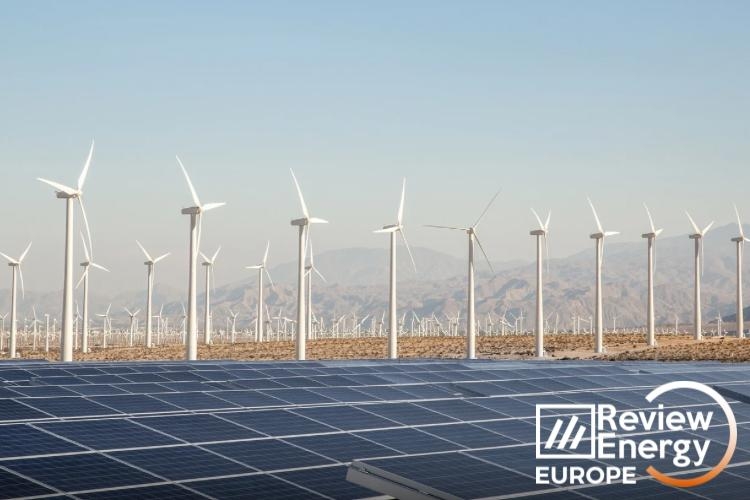
First half of 2024 marked by renewables generating majority of Europe's electricity
“The pace of change is impressive. These figures document that the decarbonisation efforts of electricity companies are years ahead of any other sector,” said Kristian Ruby, Secretary General of Eurelectric.
Challenges in electricity demand
While supply-side achievements are notable, electricity demand tells a different story. In the first half of 2023, power demand in the EU decreased by 3.4% compared to the same period in 2022 and has continued to remain low in 2024, being 2.6% lower than in H1 2022. Factors contributing to this decline include industry relocating abroad, warmer temperatures, energy savings, and slow economic
“Years of stagnation in electricity demand have now turned into a regular decline. Policymakers must urgently support the uptake of electricity to provide the necessary investment signals for clean generation,” added Kristian Ruby.
Eurelectric’s call to action
To counteract the decline in electricity demand, Eurelectric is urging the new Commission to propose an Electrification Action Plan within the first 100 days of its mandate. This plan should include a 35% indicative target for 2030 and the introduction of a clear electrification indicator in the national energy and climate plans (NECPs) of EU countries to monitor and deliver progress.
“Inaction could result in missing the EU climate targets, curtailment of renewable production, and slowing down investments in the leading sector of the energy transition,” warned Ruby.

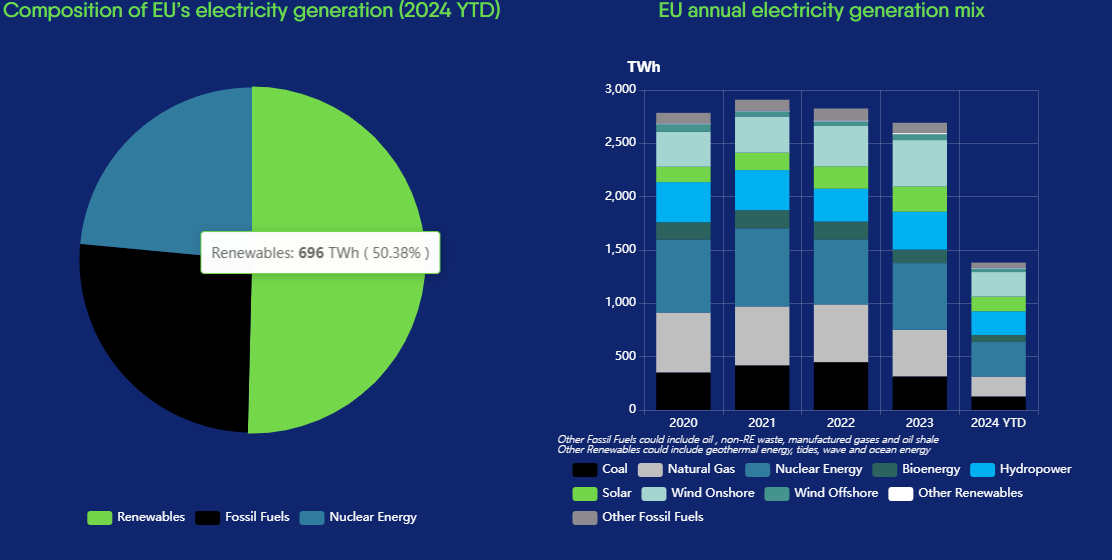
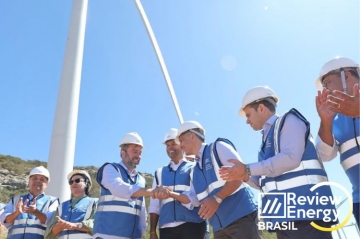
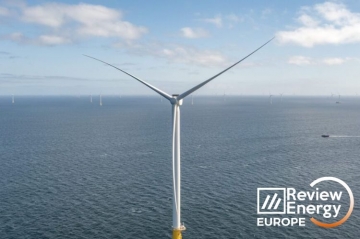
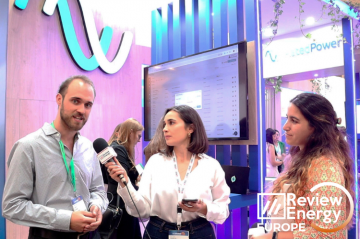
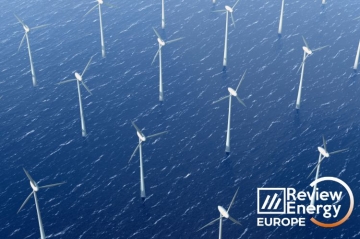
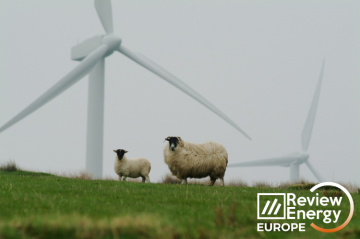
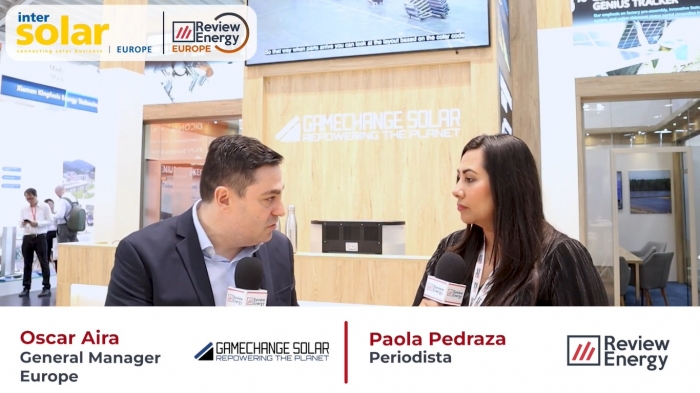

Comentarios
Sé el primero en comentar...